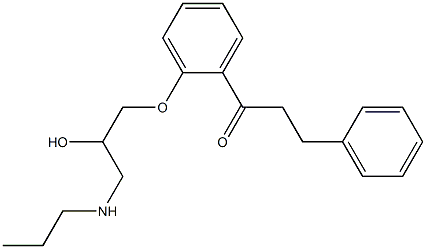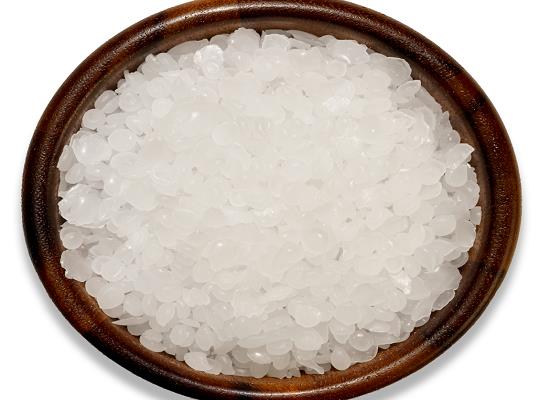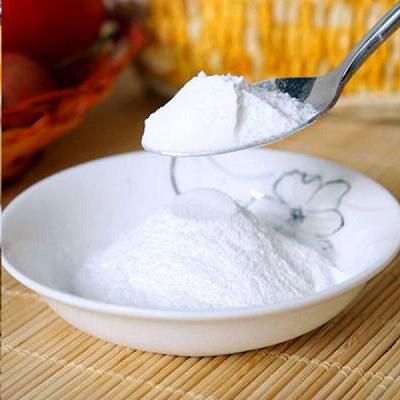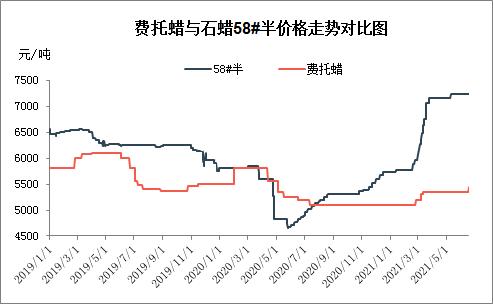What is the application of paraffin wax?
Overview
Paraffin wax is a mixture of hydrocarbons extracted from certain distillates of petroleum, shale oil or other bituminous mineral oils. The main component is solid alkanes, odorless and tasteless, and white or light yellow translucent solids. Paraffin wax is non-crystalline, but has a clear crystal structure.
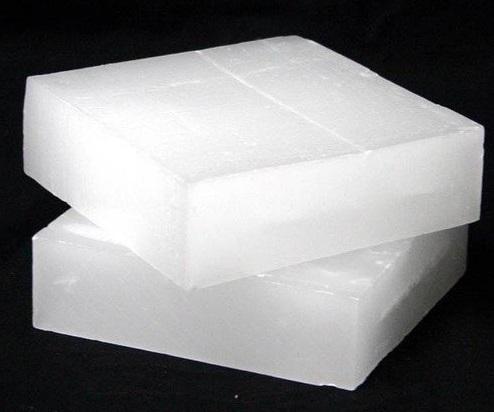
There is also artificial paraffin. Paraffin wax is a kind of petroleum processing product, a kind of mineral wax, and a kind of petroleum wax. It is a flake or needle-shaped crystal obtained by solvent refining, solvent dewaxing, or freezing crystallization of wax, and pressing dewaxing to obtain the lubricating oil fraction obtained from crude oil distillation, and then solvent deoiling and refining. Used to make higher fatty acids, higher alcohols, matches, candles, waterproofing agents, ointments, electrical insulating materials, etc. Paraffin wax is divided into food grade (food grade and packaging grade, the former is superior) and industrial grade. Food grade is non-toxic and industrial grade is not edible.
Physical properties
Paraffin wax, also known as crystalline wax, is usually a white, odorless waxy solid. It melts at 47°C-64°C and has a density of about 0.9g/cm3. It is soluble in gasoline, carbon disulfide, xylene, ether, benzene, chloroform, and tetrachloride. Non-polar solvents such as carbon, naphtha, etc., are insoluble in polar solvents such as water and methanol. Pure paraffin is a good insulator, its resistivity is 1013-1017 ohm·m, which is higher than most materials except some plastics (especially Teflon). Paraffin wax is also a good heat storage material, with a specific heat capacity of 2.14–2.9J·g–1·K–1 and a heat of fusion of 200–220J·g–1.
Chemical nature
Paraffin wax is a mixture of solid higher alkanes, the molecular formula of the main component is CnH2n+2, where n=17~35. The main components are straight chain alkanes, a small amount of branched alkanes and monocyclic cycloalkanes with long side chains; straight chain alkanes are mainly n-docosane (C22H46) and n-octadecane (C28H58) . Paraffin does not react with common chemical reagents, but can burn. Catalytic cracking reactions can occur industrially. The chemical activity of paraffin wax is low, neutral, and chemically stable. Under normal conditions, it does not interact with acids other than nitric acid and alkaline solutions.
Performance
The main performance indicators of paraffin wax are melting point, oil content and stability.
1. Melting point
Paraffin wax is a mixture of hydrocarbons, so it does not have a strict melting point like pure compounds. The so-called melting point of paraffin wax refers to the temperature at which the stagnation period first appears on the cooling curve when the melted paraffin sample is cooled under specified conditions. All kinds of wax products require paraffin wax to have good temperature resistance, that is, it does not melt or soften and deform at a specific temperature. According to the use conditions, the regions and seasons of use, and the differences in the use environment, commercial paraffin waxes are required to have a series of different melting points. The main factor that affects the melting point of paraffin wax is the weight of the selected raw material fraction, and the melting point of the paraffin wax from the heavier fraction is higher. In addition, the oil content also has a great influence on the melting point of paraffin wax. The more oil in paraffin wax, the lower its melting point.
2. Oil content
Oil content refers to the amount of low melting point hydrocarbons contained in paraffin wax. Excessive oil content will affect the color and storage stability of paraffin wax, and it will also reduce its hardness. Therefore, the oleaginous wax paste that is removed from the vacuum fraction needs to be deoiled by the sweating method or the solvent method to reduce its oil content. However, most paraffin wax products need to contain a small amount of oil, which is beneficial to improve the gloss and mold release performance of the products.
3. Stability
In the process of modeling or coating, paraffin wax products are in a hot melt state for a long time and are in contact with air. If the stability is not good, they will be easily oxidized and deteriorated, the color will become darker, and even give off an odor. In addition, paraffin wax will turn yellow under light conditions during use. Therefore, paraffin wax is required to have good thermal stability, oxidation stability and light stability. The main factors affecting the stability of paraffin wax are the trace amounts of non-hydrocarbon compounds and fused-ring aromatic hydrocarbons. In order to improve the stability of paraffin wax, it is necessary to deep refine the paraffin wax to remove these impurities.
Application
Because of its high oil content, crude paraffin is mainly used in the manufacture of matches, fiberboards, tarpaulins, etc. After adding polyolefin additives to paraffin wax, its melting point increases, adhesion and flexibility increase, and it is widely used in moisture-proof and waterproof packaging paper, cardboard, surface coating of certain textiles and candle production. After immersing the paper in paraffin wax, various wax papers with good waterproof performance can be prepared, which can be used in food, medicine and other packaging, metal rust prevention and printing industries; after paraffin wax is added to cotton yarn, the textile can be soft, smooth and elastic ; Paraffin wax can also be made into detergents, emulsifiers, dispersants, plasticizers, greases and so on.
Fully refined paraffin and semi-refined paraffin have a wide range of uses. They are mainly used as components and packaging materials for foods, oral medicines and certain commodities (such as wax paper, crayons, candles, carbon paper), coating materials for baking containers, and preservation of fruits , Insulate electrical components, improve rubber aging resistance and increase flexibility. It can also be used for oxidation to generate synthetic fatty acids.
GB 2760-96 stipulates that it is allowed to be used as gum base, with a limit of 50.0g/kg. It is also used for anti-sticking in the production of glutinous rice paper abroad, with a dosage of 6g/kg. In addition, it is also widely used for moisture-proof, anti-stick and oil-proof of food packaging materials. It is suitable for food chewing gum, bubble gum, drug positron oil and other components, as well as heat carrier, demoulding, tableting, polishing and other waxes that directly contact food and drugs (the waxy fraction of petroleum or shale oil is cold pressed, etc. Method made).
You may like
Related articles And Qustion
See also
Lastest Price from Paraffin wax manufacturers
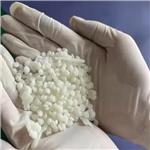
US $100.00/kg2025-11-15
- CAS:
- Min. Order:
- 1kg
- Purity:
- 99%
- Supply Ability:
- 20tons

US $100.00/kg2025-11-15
- CAS:
- Min. Order:
- 1kg
- Purity:
- 99%
- Supply Ability:
- 20tons
